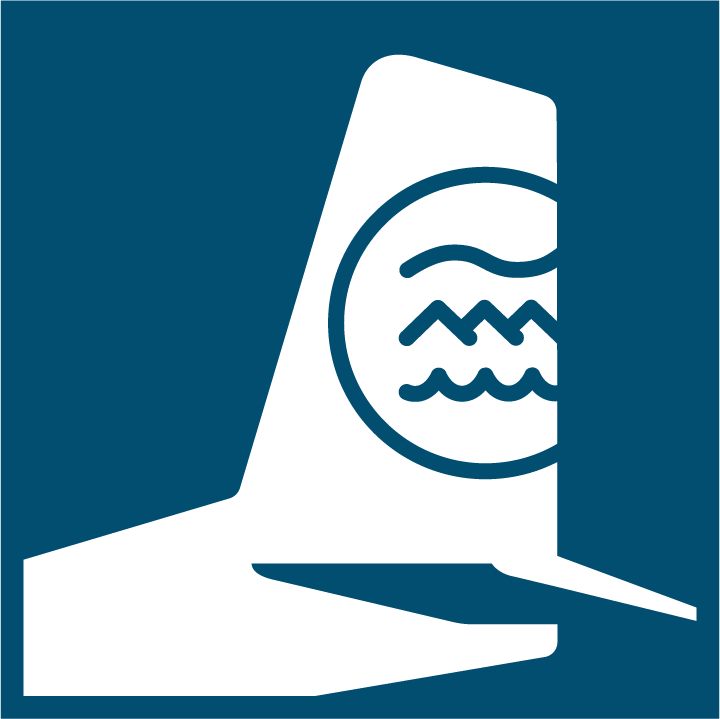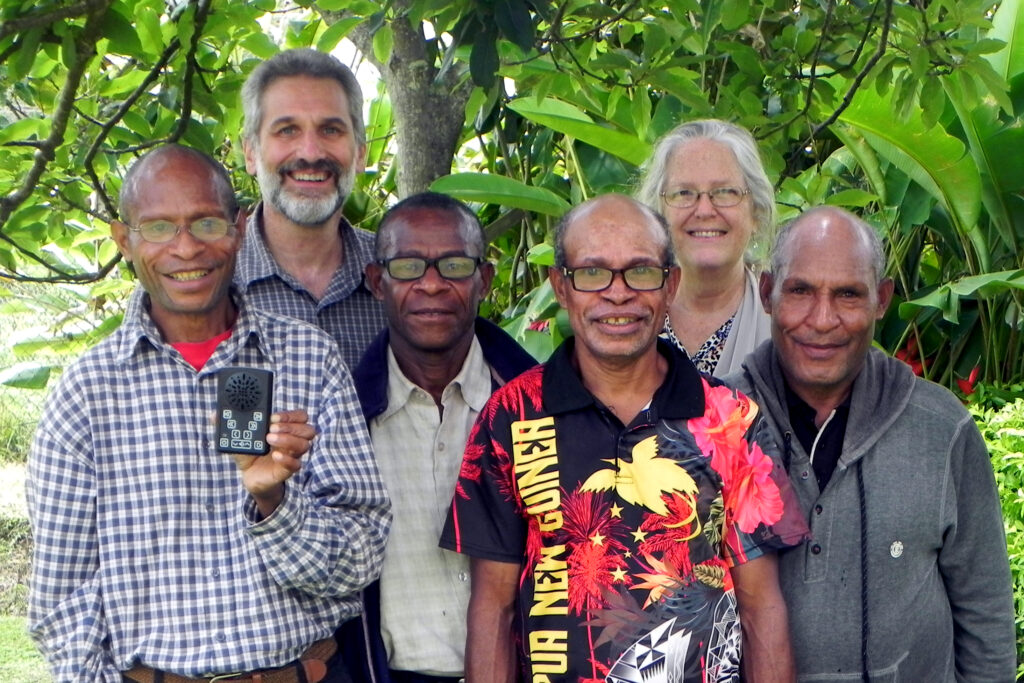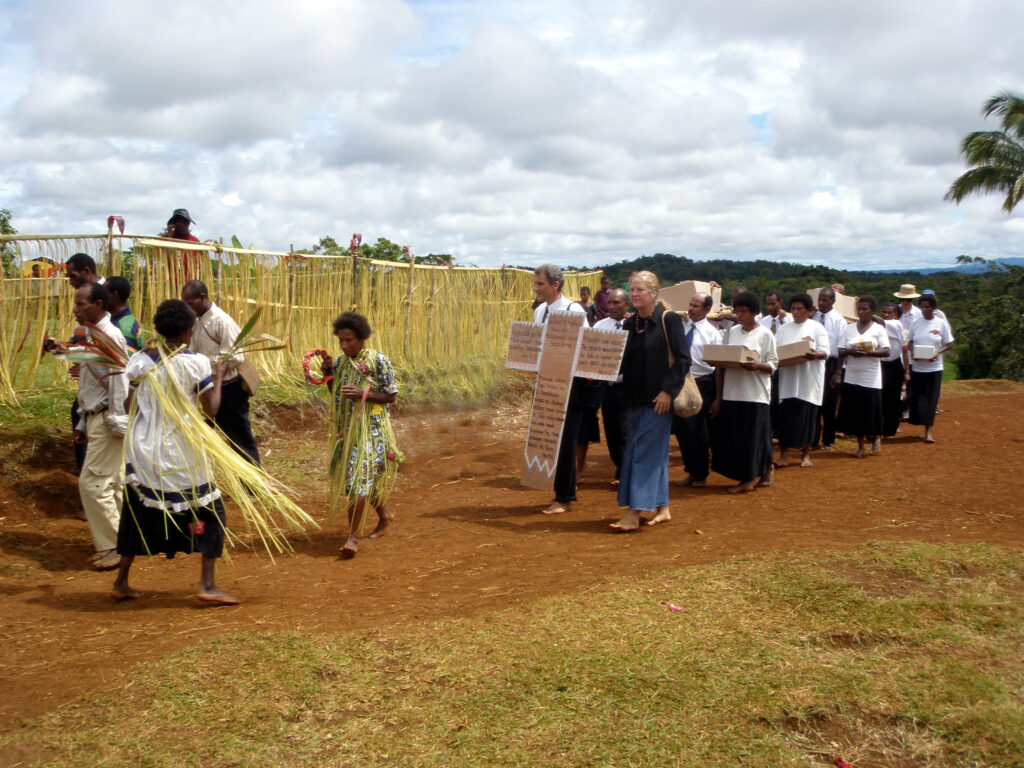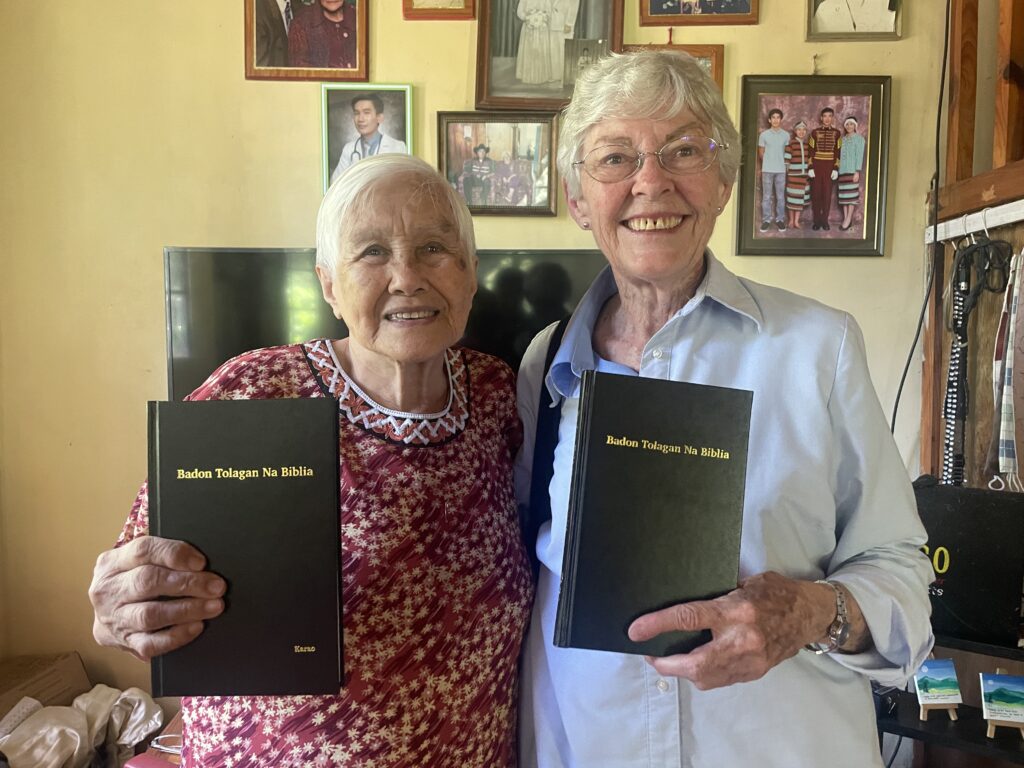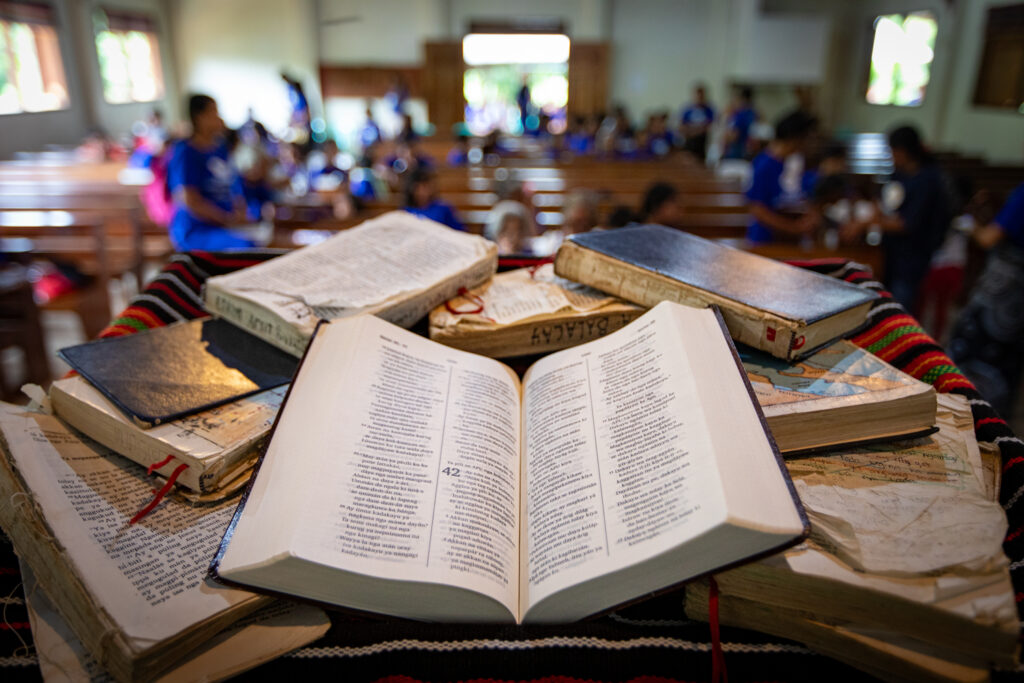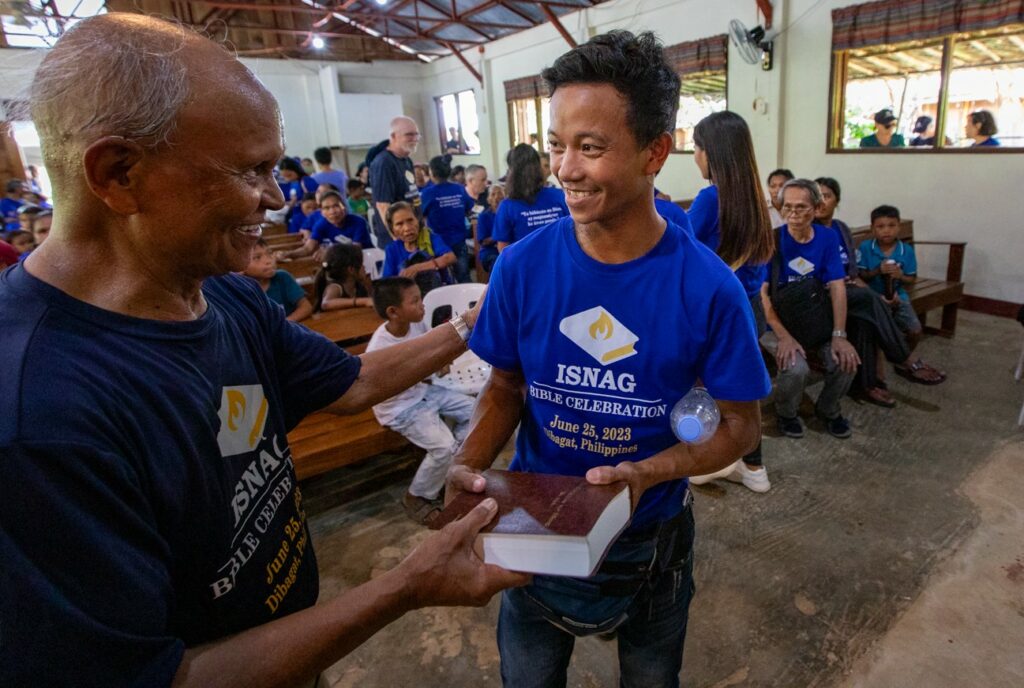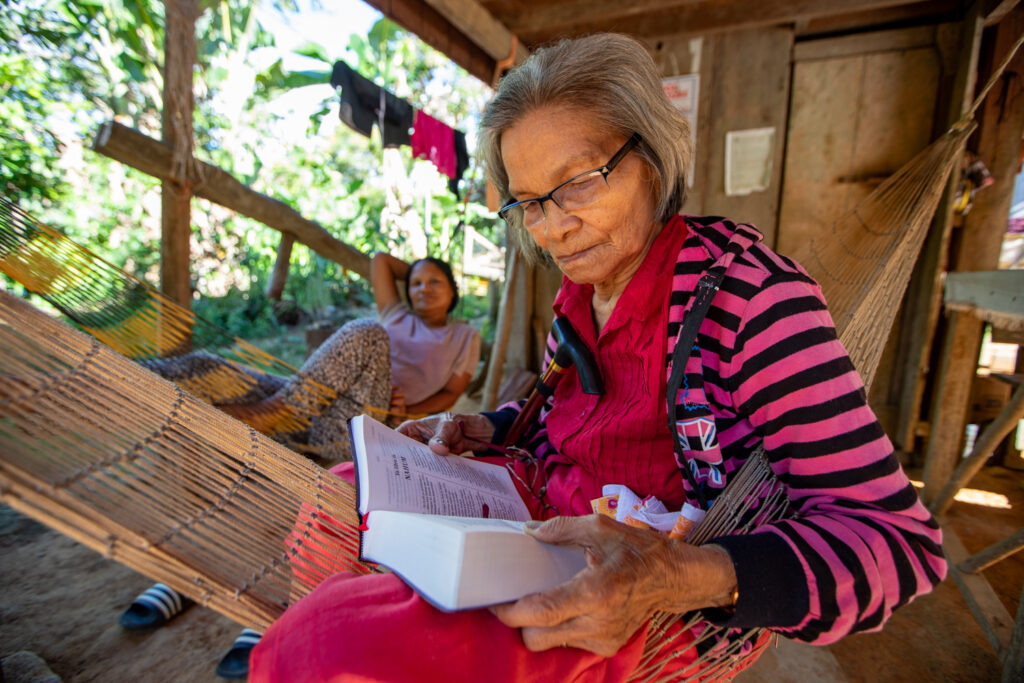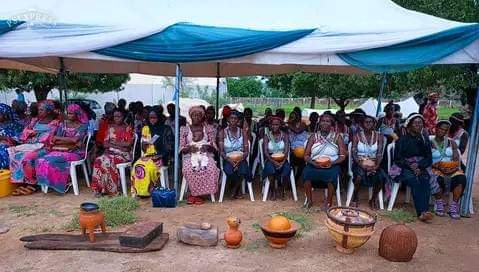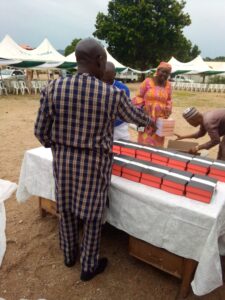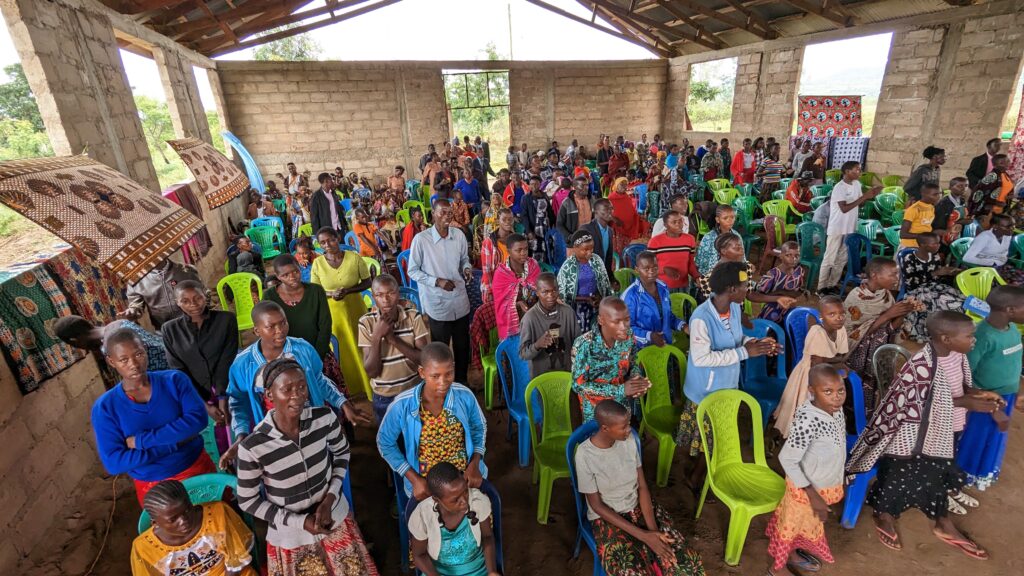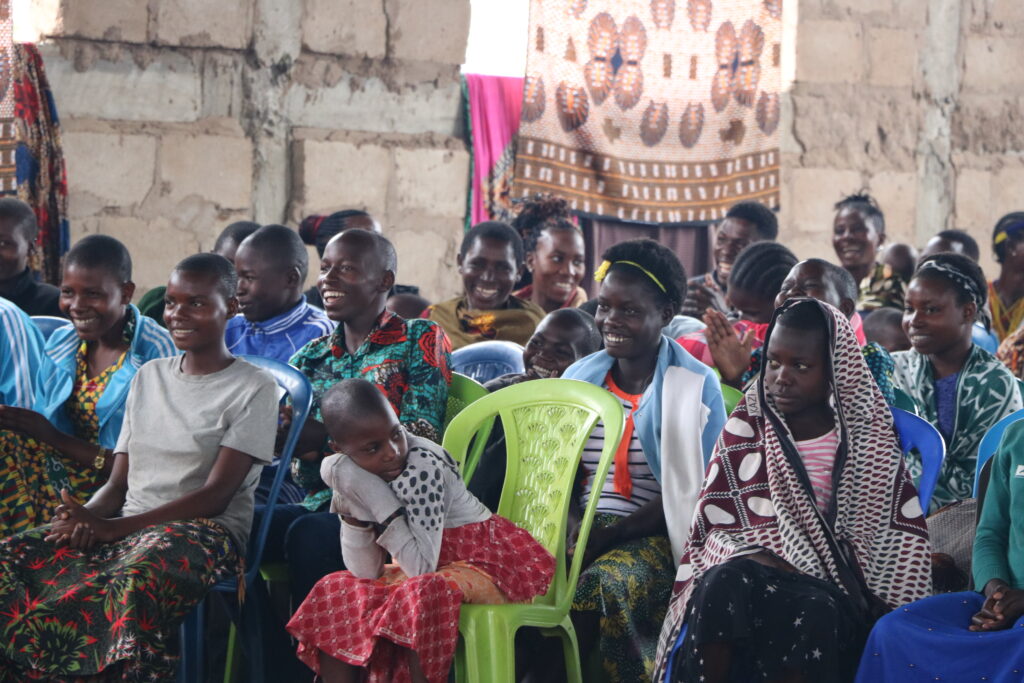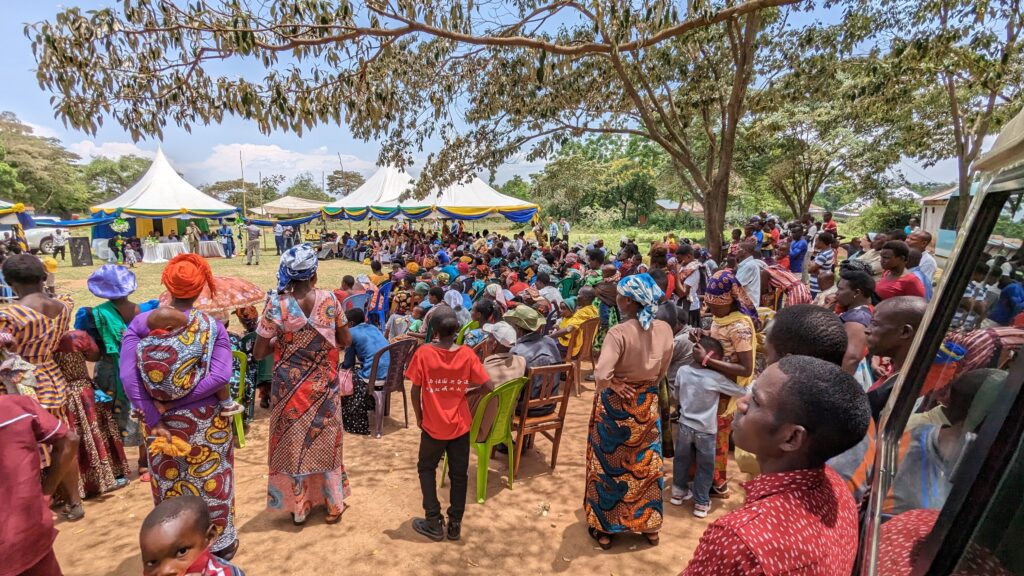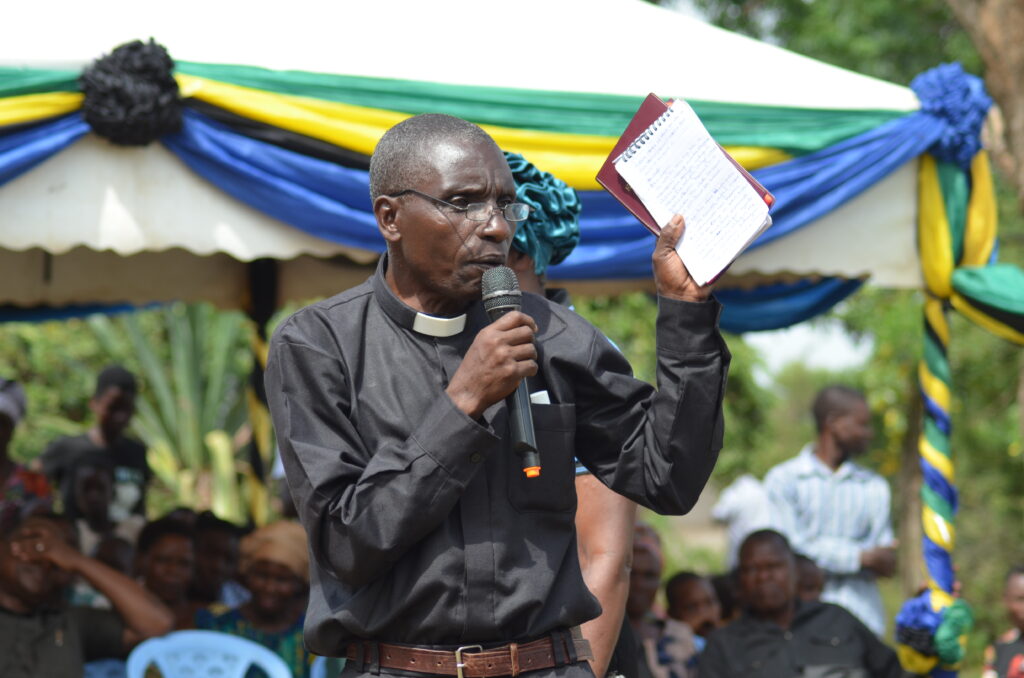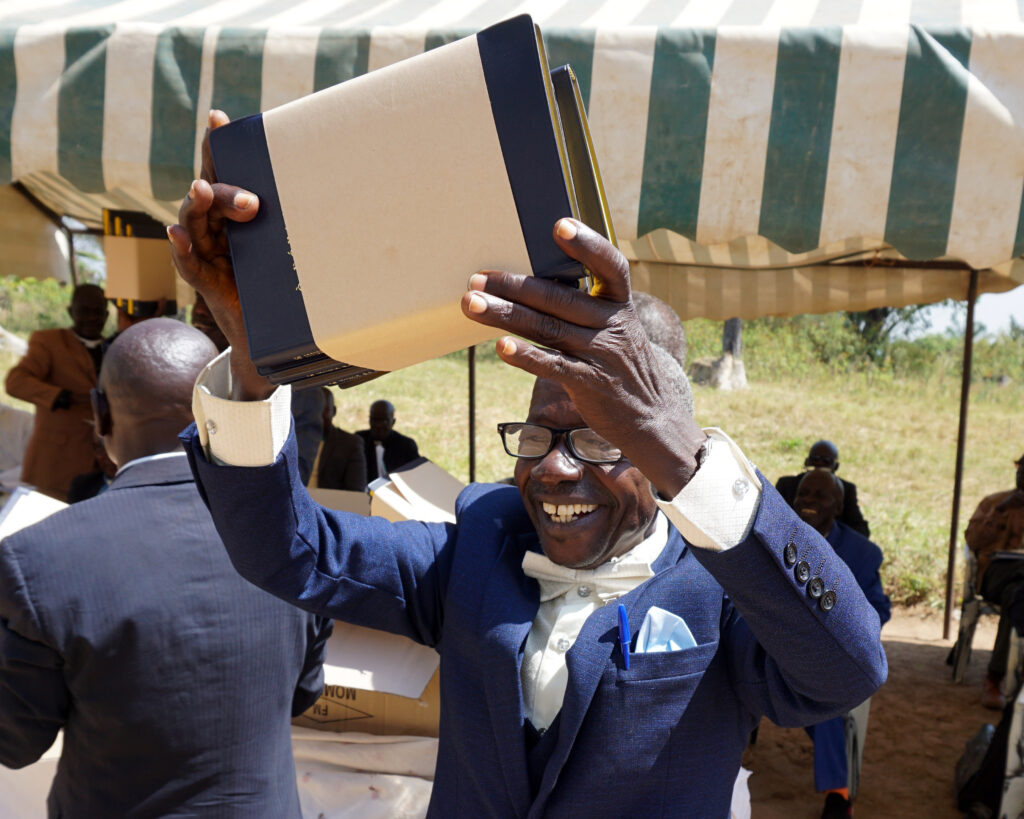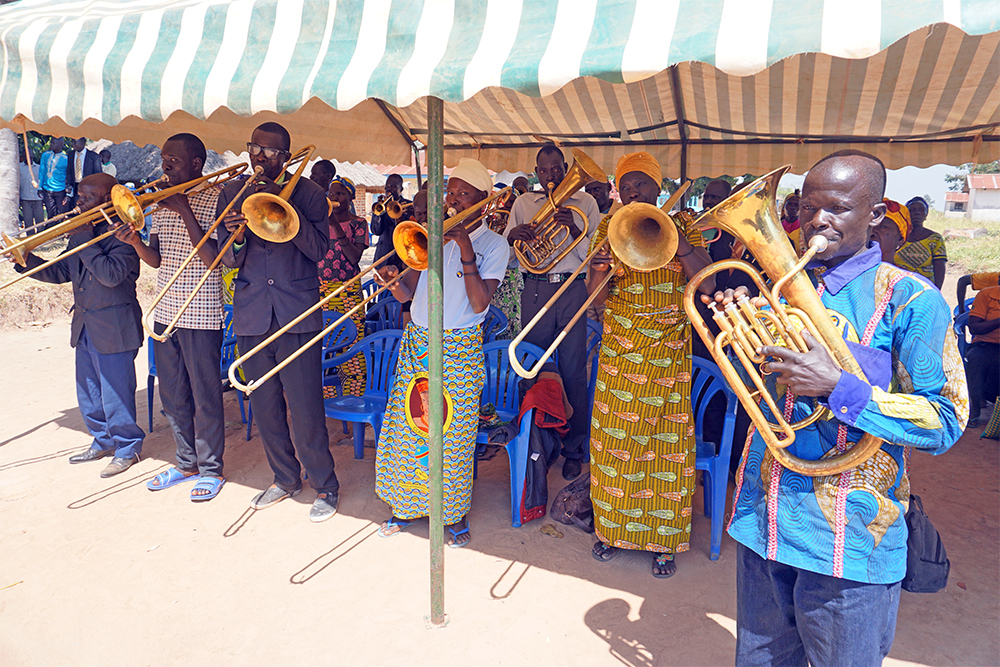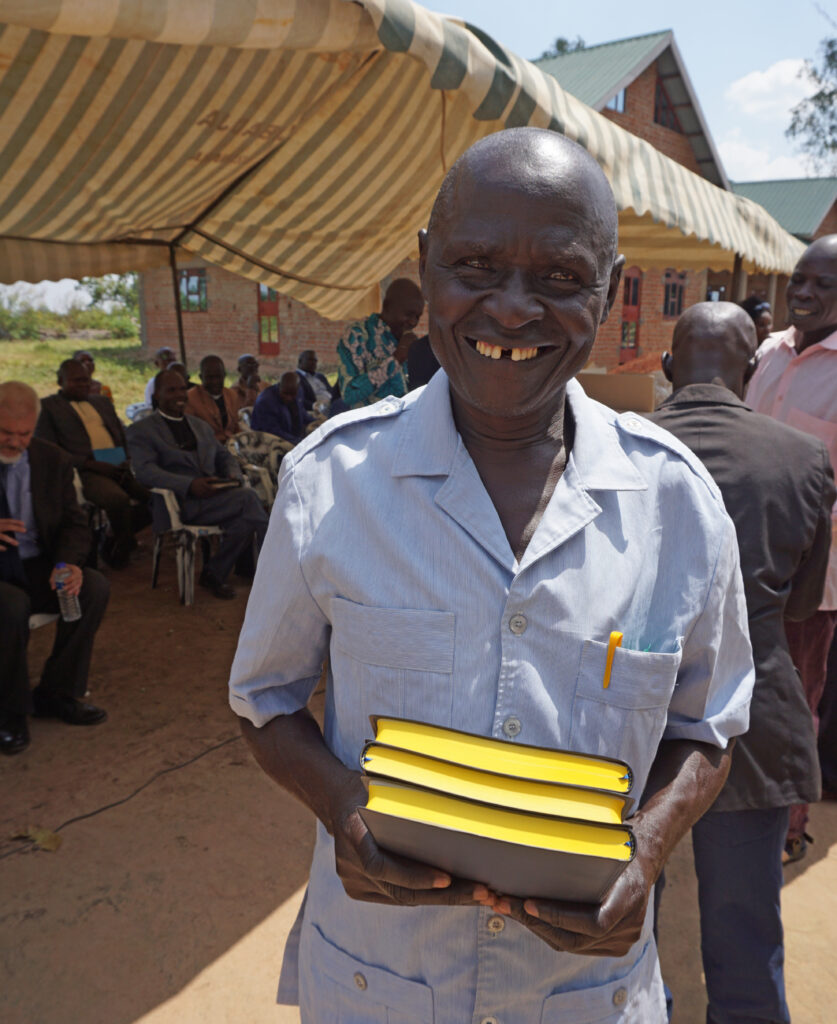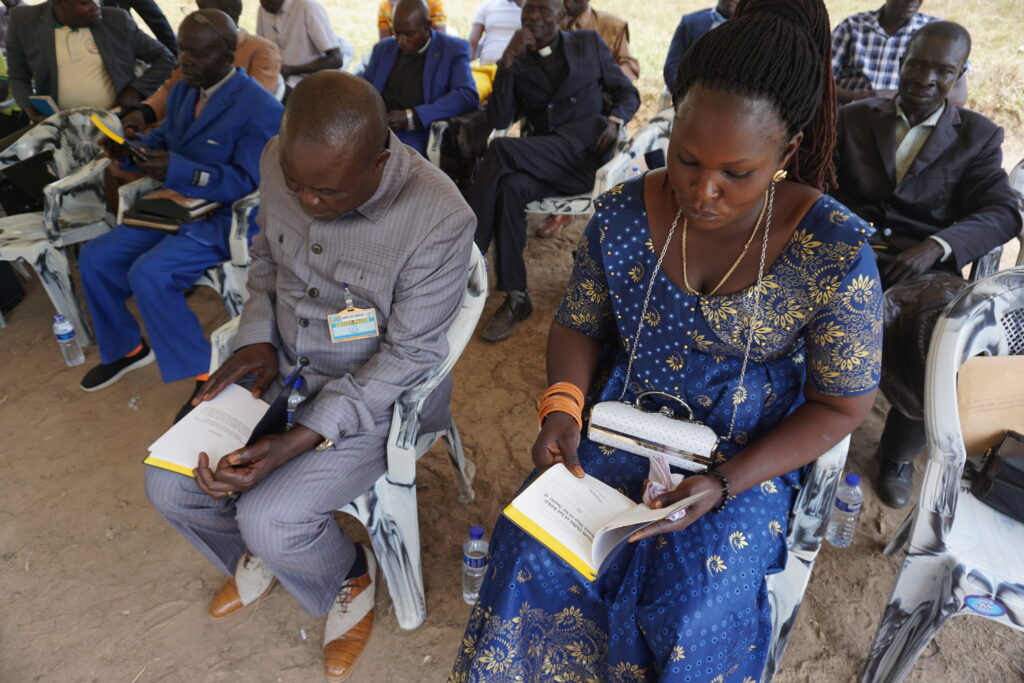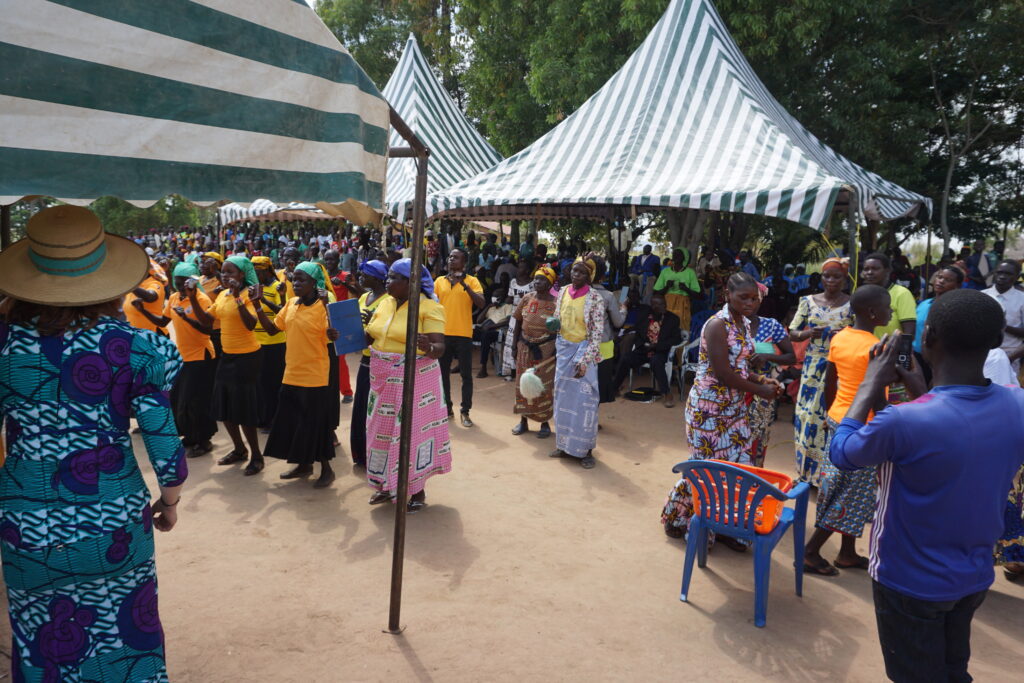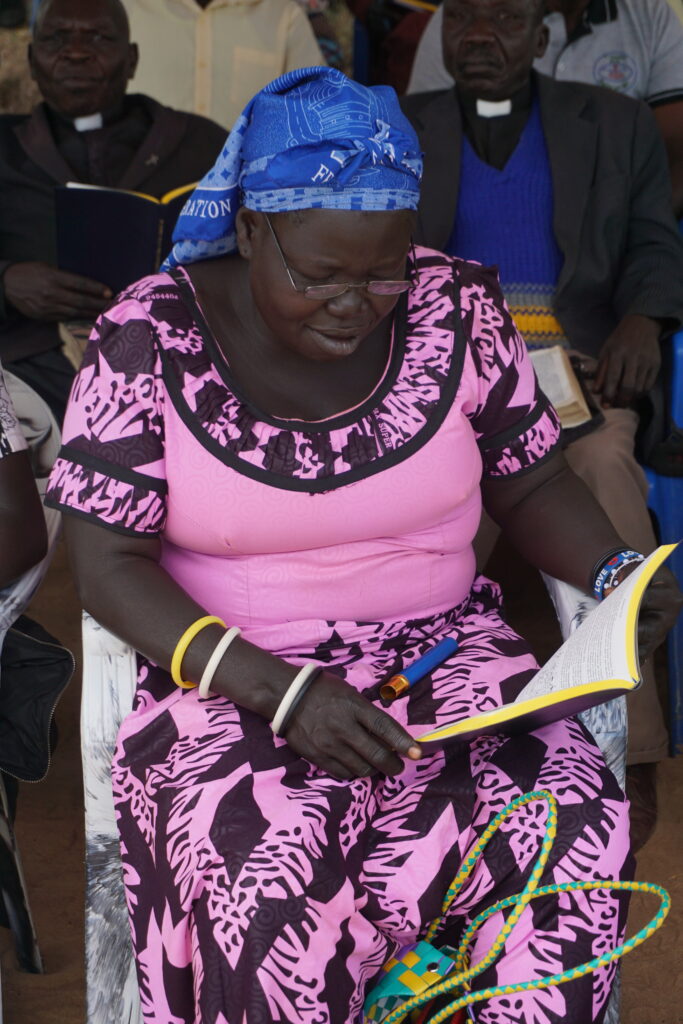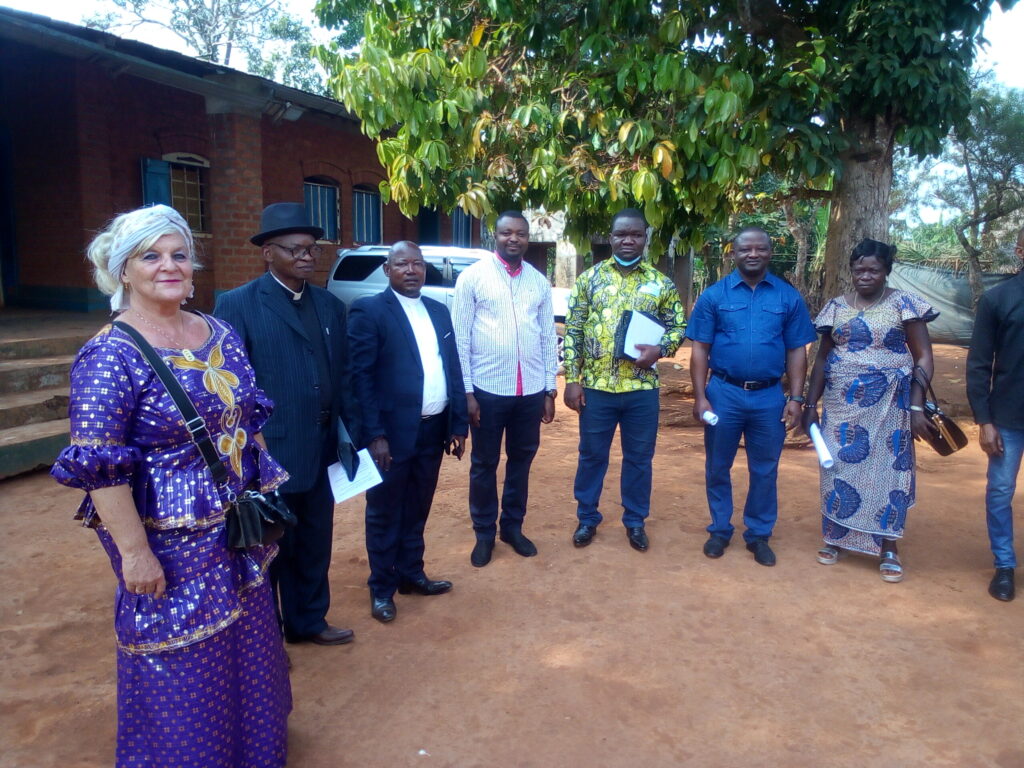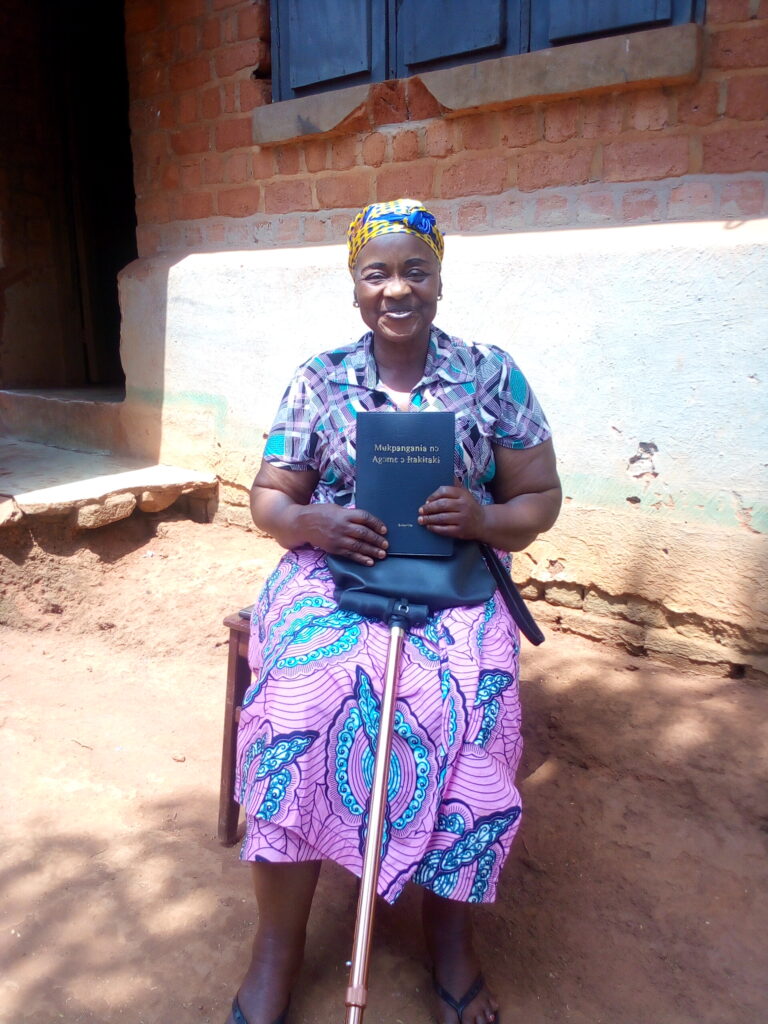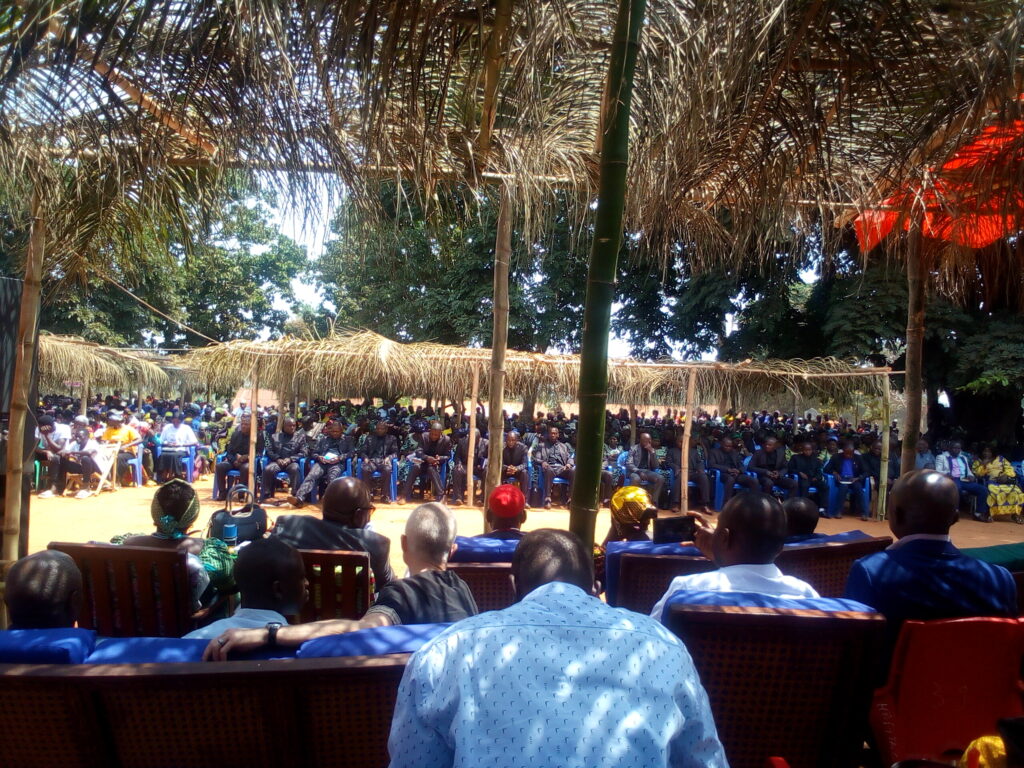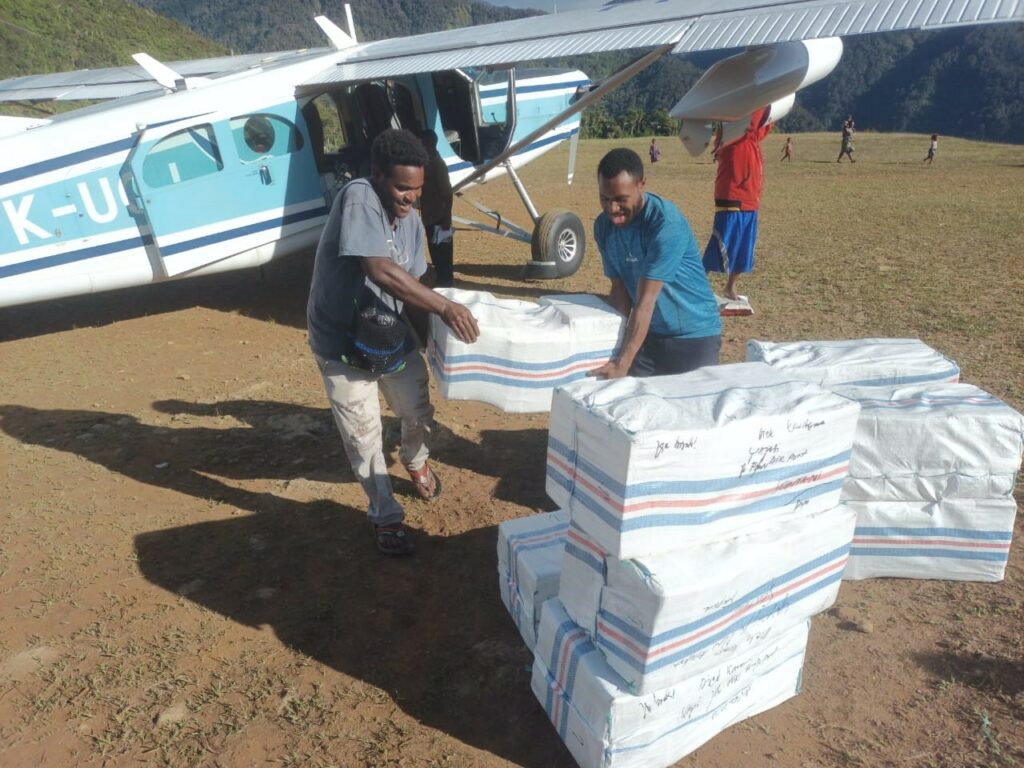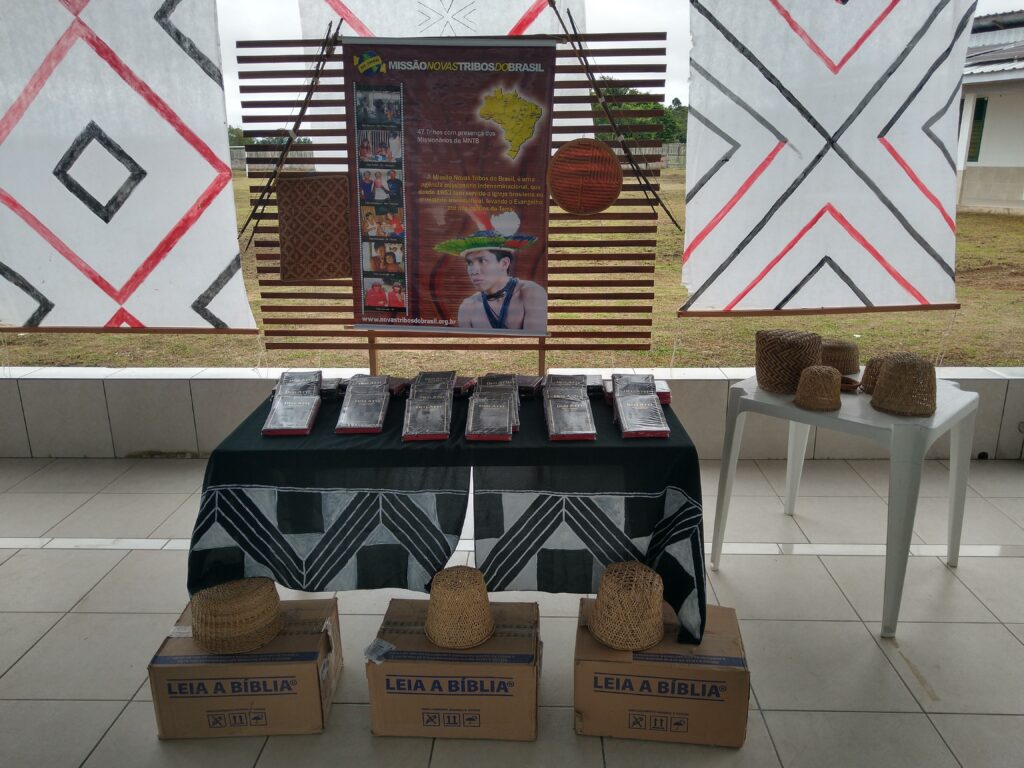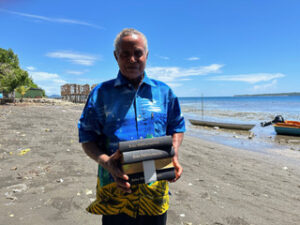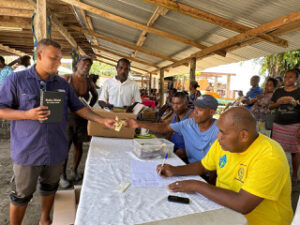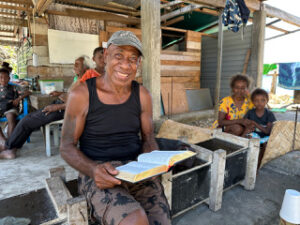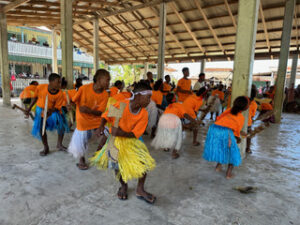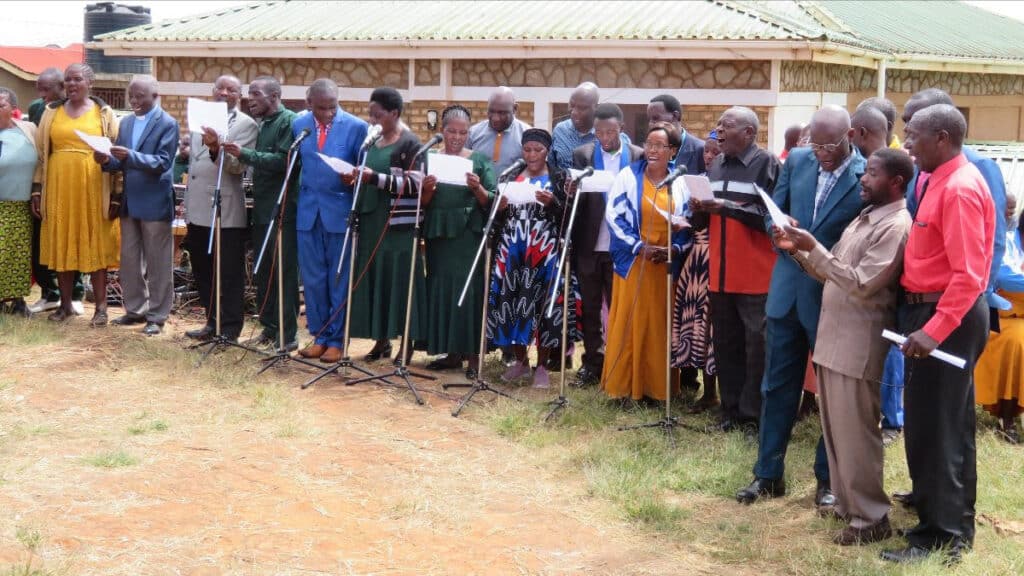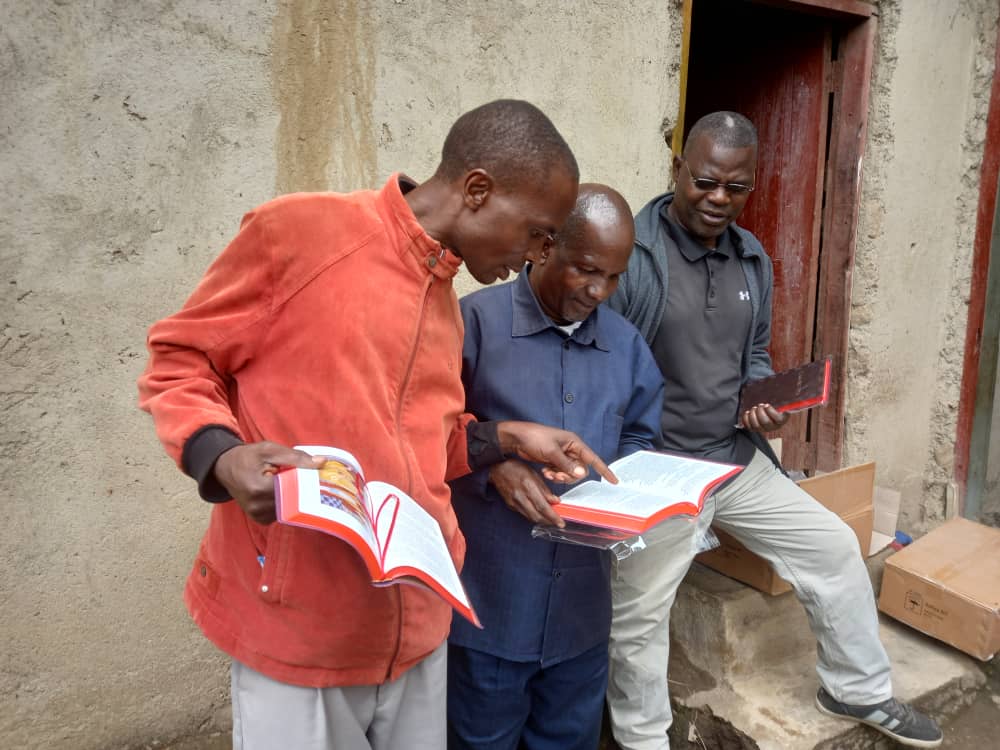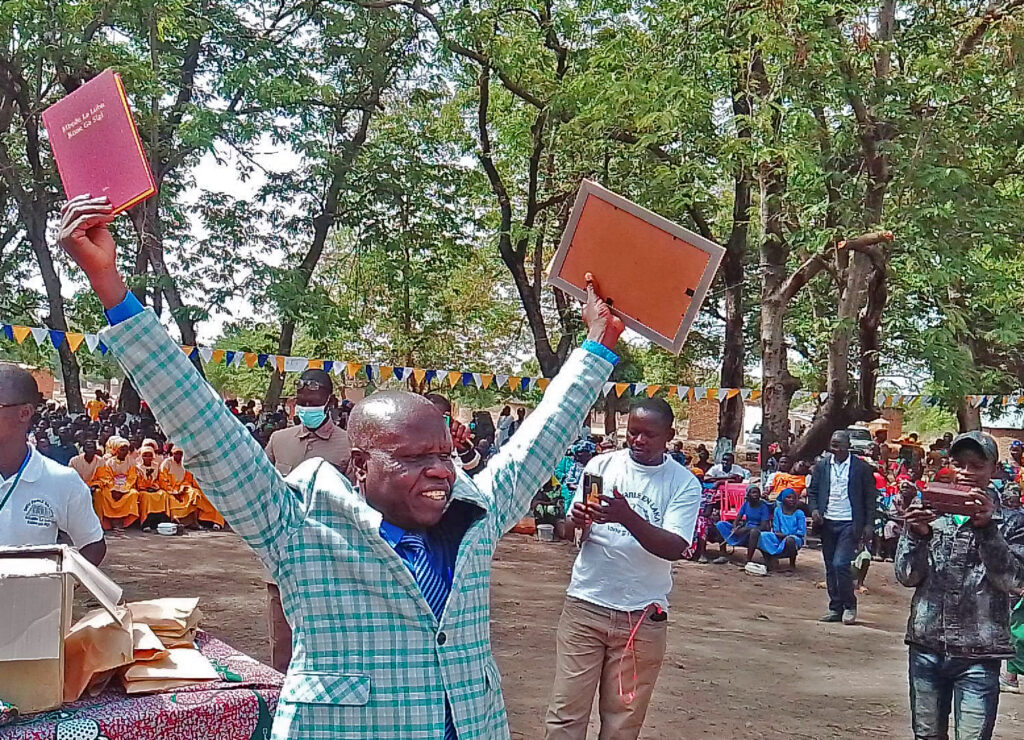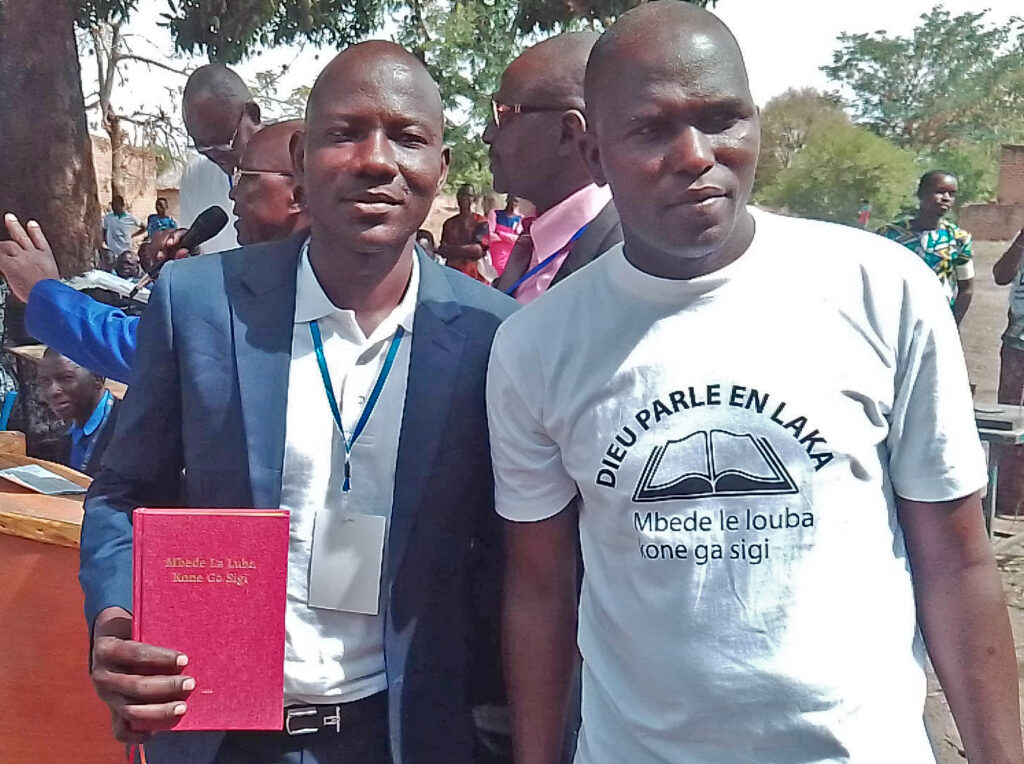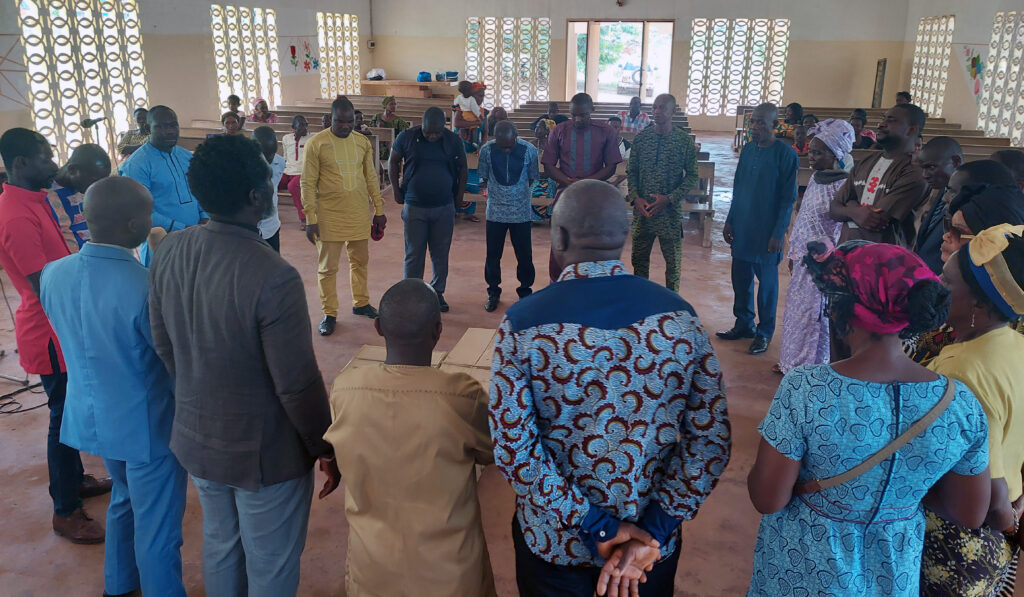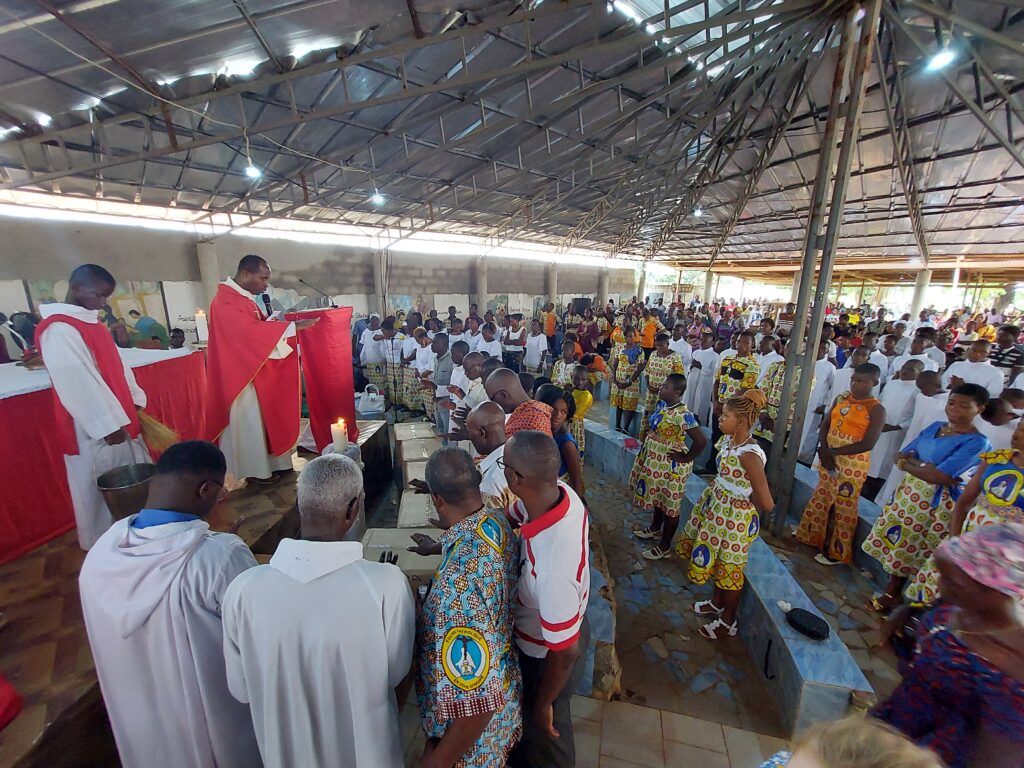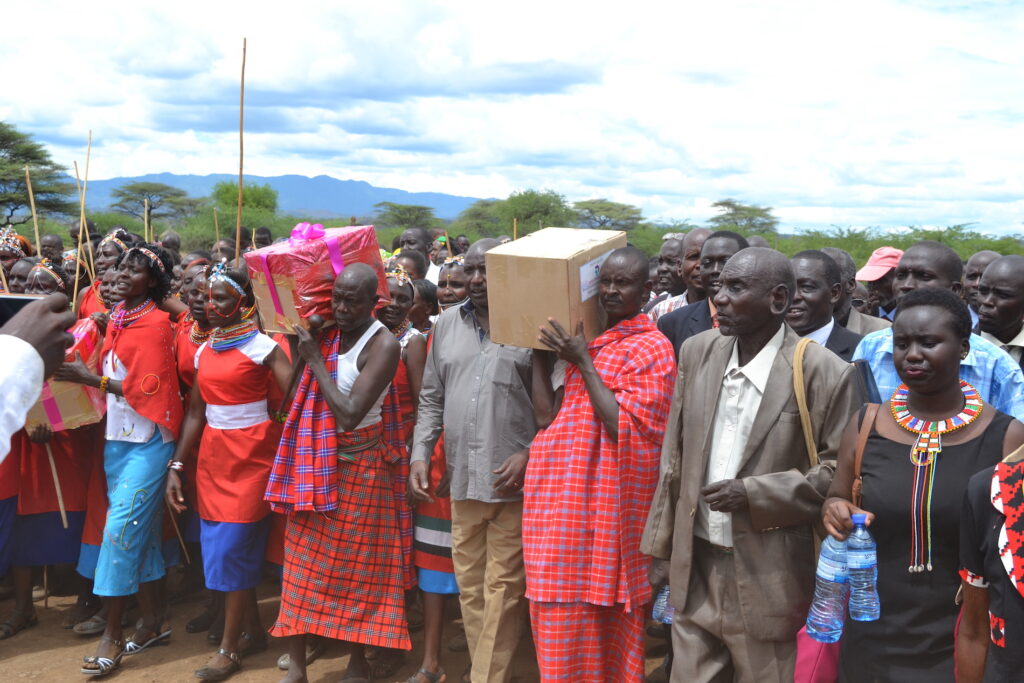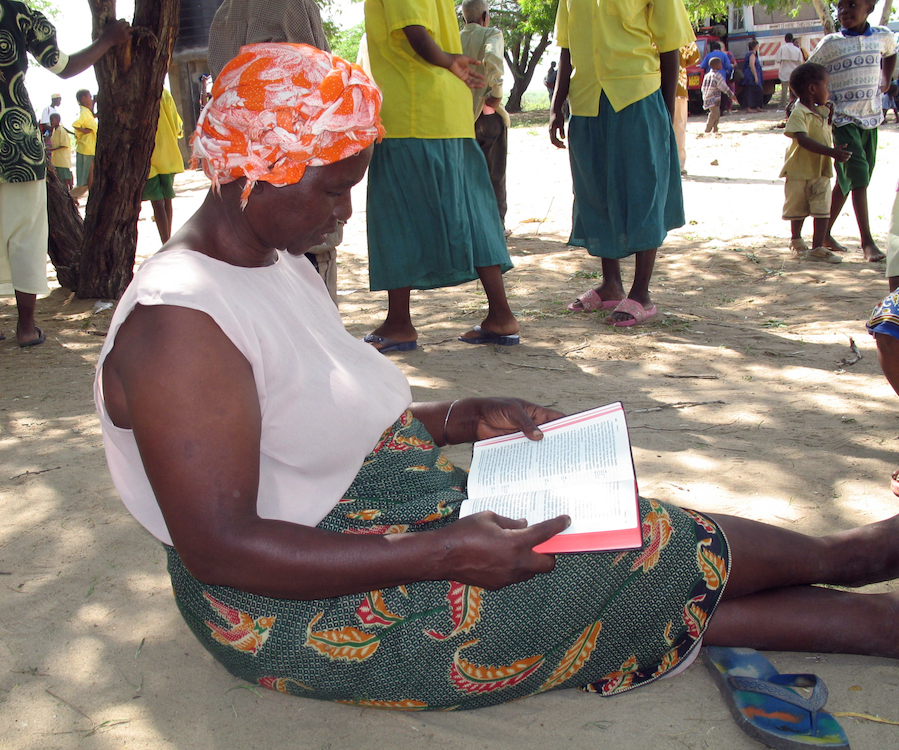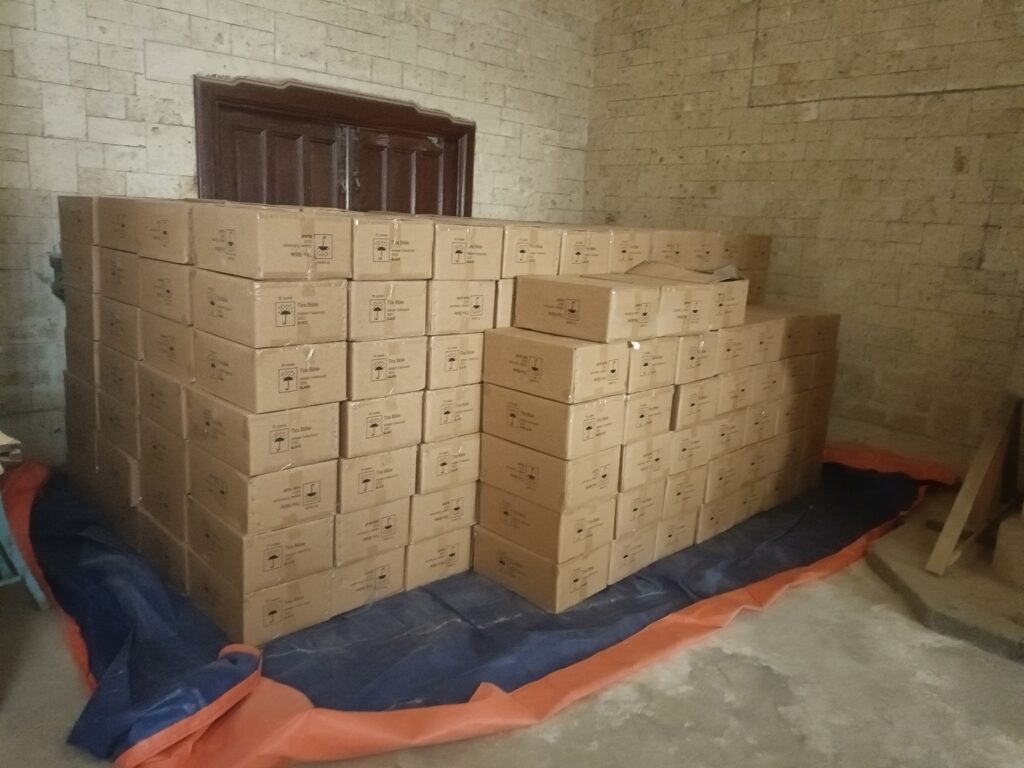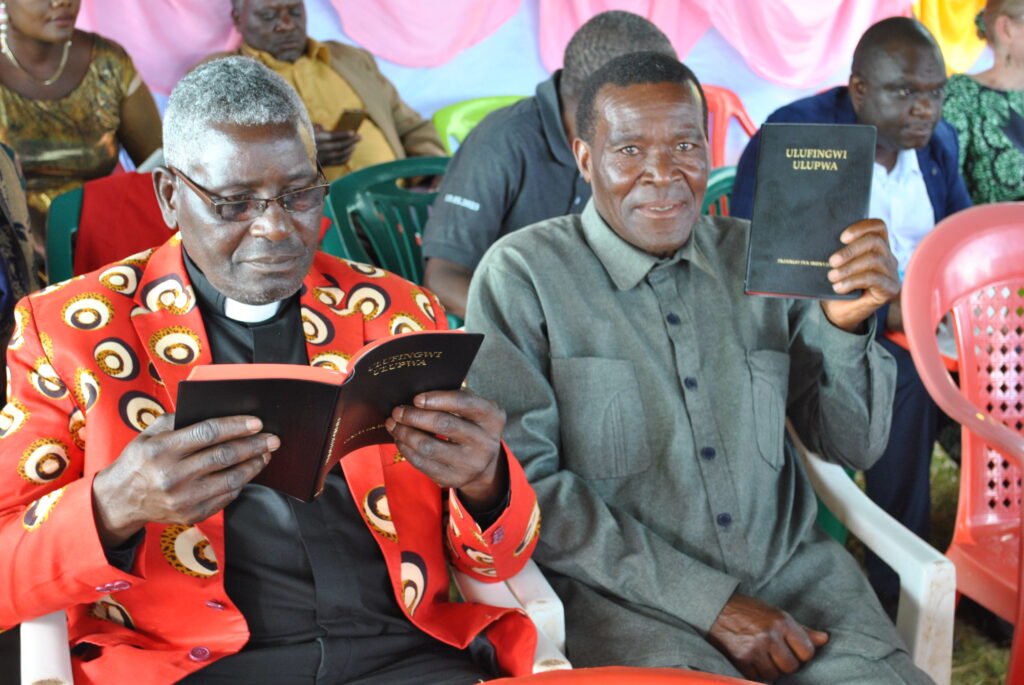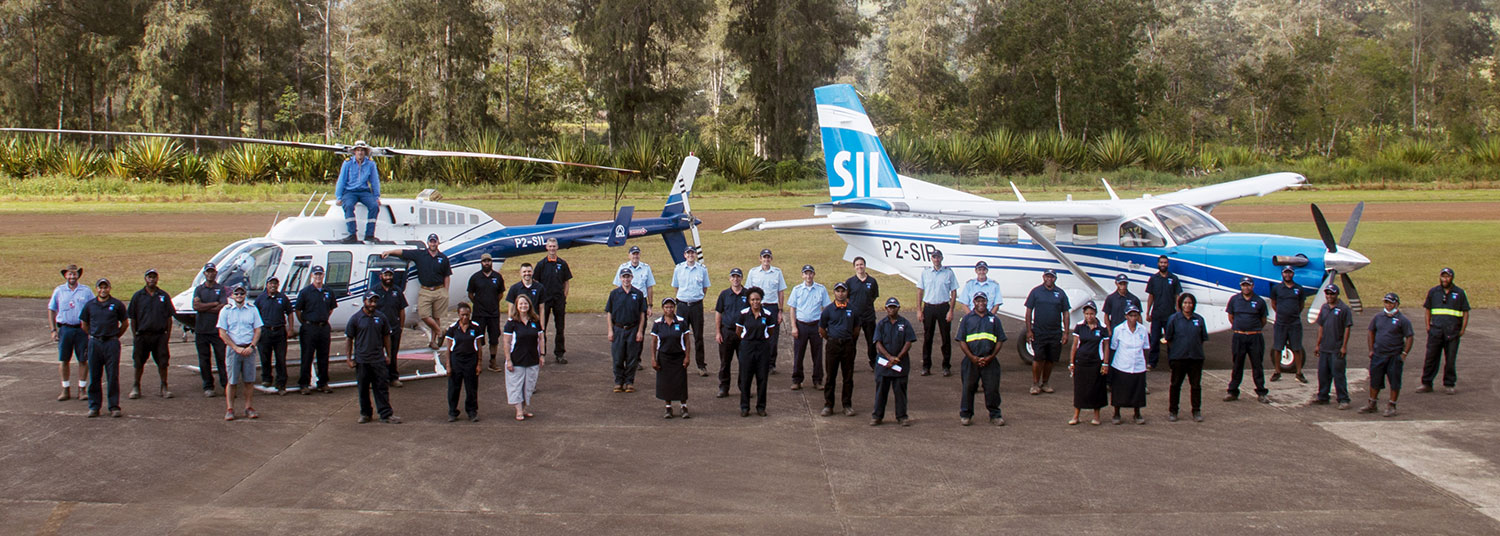A Providential Plate Printer
In January 2021, Steve Kaetterhenry came back to work at the JAARS print shop after Christmas to an unfortunate surprise. He couldn’t use the plate printer.
The computer connected to the department’s outdated plate printer couldn’t start it, so he couldn’t print crucial jobs such as Partner Express response cards and Prayerline. Other JAARS departments, including the Museum of the Alphabet, Aviation, and CrossVenture, depend on the print shop to print materials about their events. But the printing press needs plates, so losing the use of the plate printer for three months became a major problem!
Instead, Steve had to send these print jobs to outside companies Although these companies do an excellent job, sending print jobs out makes matters more complicated, time consuming, and expensive for the JAARS Communications team. They must comb every issue even more carefully for errors, for once a job goes to an outside printer, it cannot be stopped for last-minute corrections.
If major problems are found after an issue has been printed, the print company has to print the issue all over again–a costly process. Also, meeting deadlines is significantly harder when print jobs are sent out: someone has to drive all the way to Charlotte to pick them up because that’s where the companies are located.
All of these factors led Steve to seek a less expensive, more efficient process. After researching the best type of plate printer, Steve decided on a new plate printer that uses a different process than that of the old outdated plate printer.
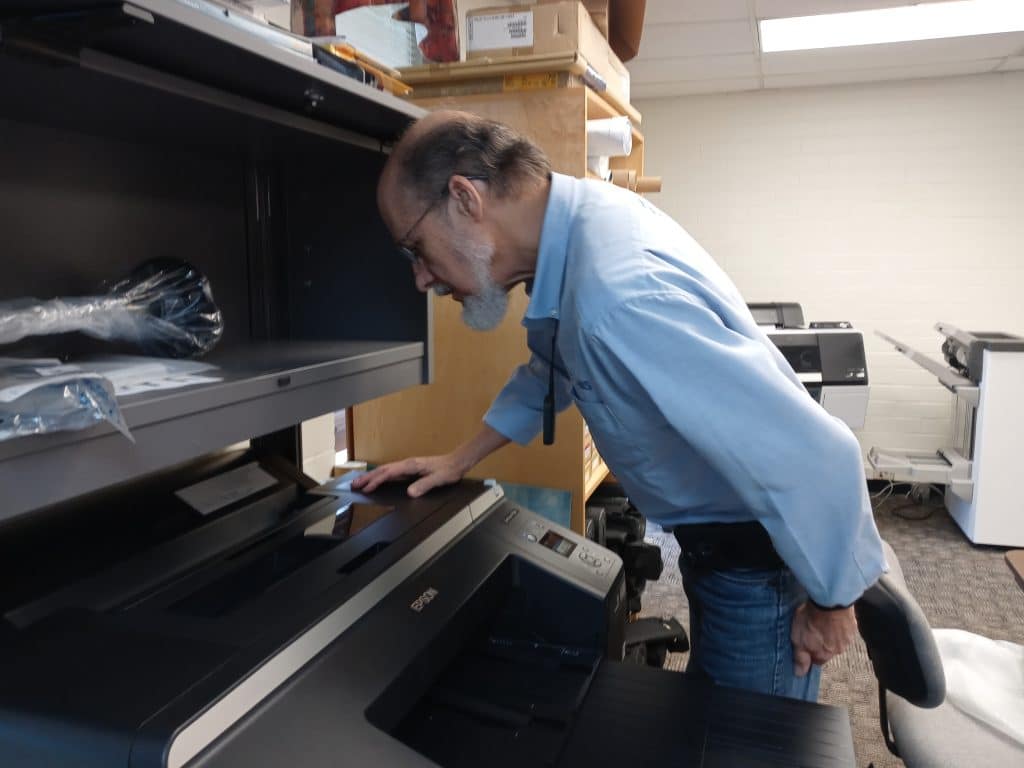
The new plate printer’s software prints onto polyester plates that impress an image onto paper or other print materials like cardstock. The printed plates are then cured or set in a special oven. Once this has been done, the printing press can use the plate to create a better product than could have ever been done with the old plate printer. This process can also create a more detailed product, since it can prepare higher quality screen prints. Another benefit: convenience. People can pull up past jobs to reprint a plate.
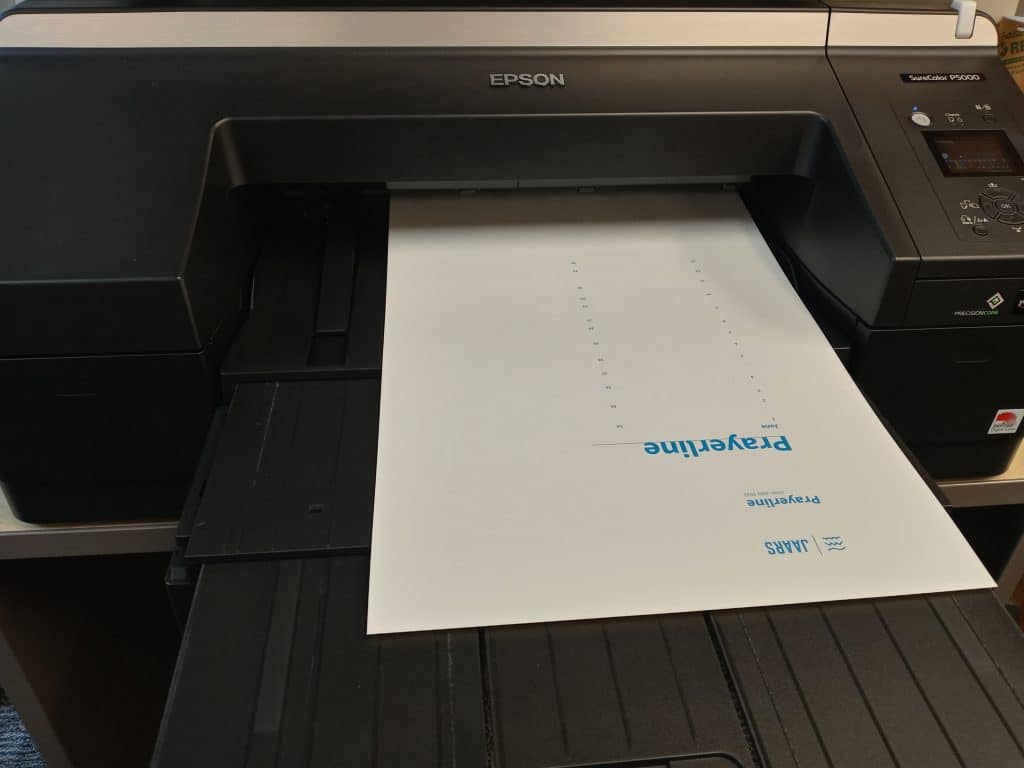
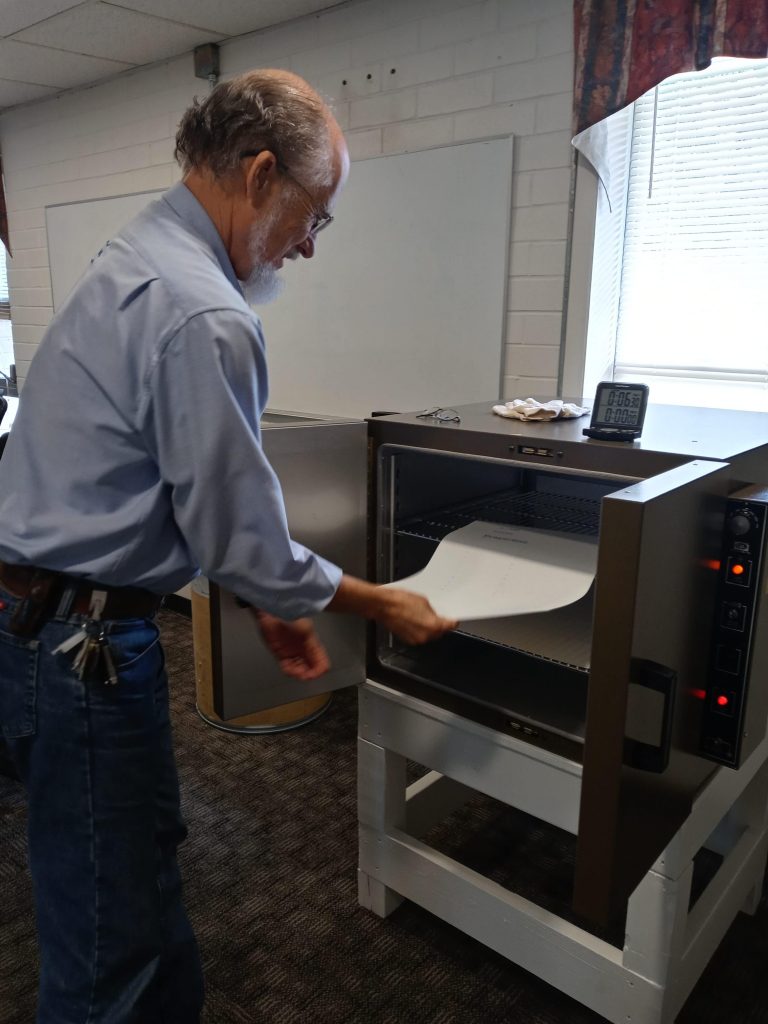
People like you who give to Core Operations enabled us to buy a new plate printer, helping us to be better stewards of the gifts God has given us. Thank you! Steve Kaetterhenry expressed his appreciation for the plate printer: “It’s a lot cheaper [and more convenient] for us to print in-house than to have somebody else print [our materials].”
Without this new equipment, the JAARS print shop would have had to close due to the high cost and infeasibility of sending print jobs out.
The new plate printer arrived in March 2021. Steve and Bruce, the printing press operator, began using it in April as soon as they received a crucial plug for the oven that sets the plates. Months of waiting had finally paid off!
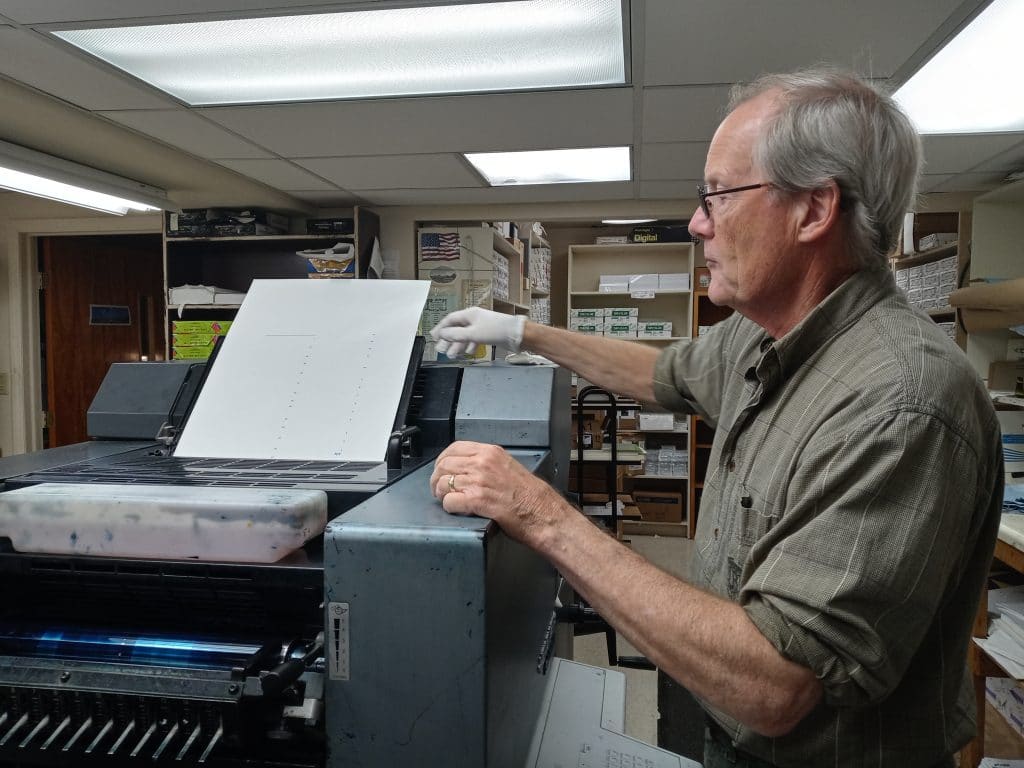
Steve, the rest of the Communications team, and other departments at JAARS are extremely grateful for this new technology that enables them to continue to produce the publications that you love and enjoy, that show how God is working through Bible translation. This equipment is now an essential asset to our print shop and many other departments here at JAARS: a truly providential plate printer!
Consider giving to JAARS Core Operations to help make Bible translation possible.

